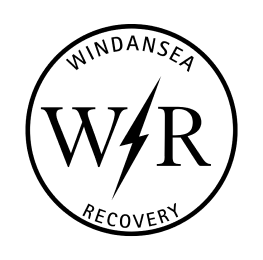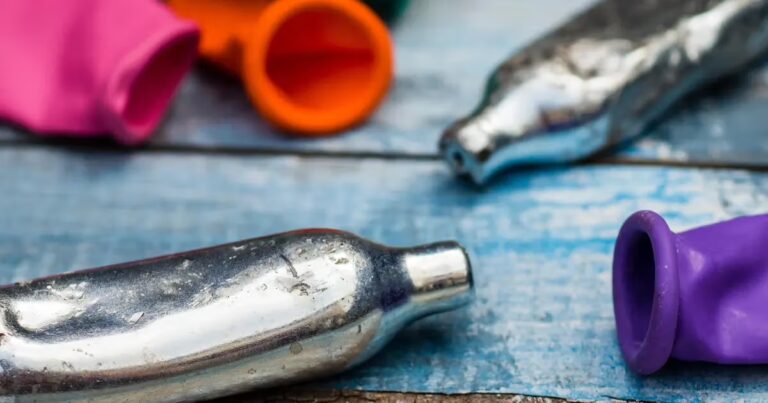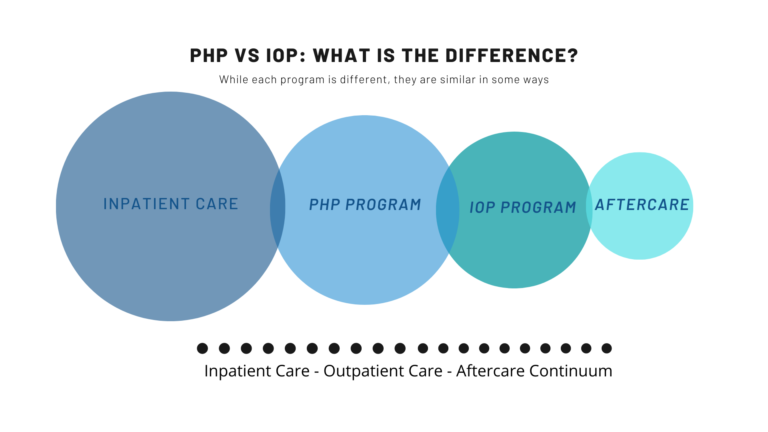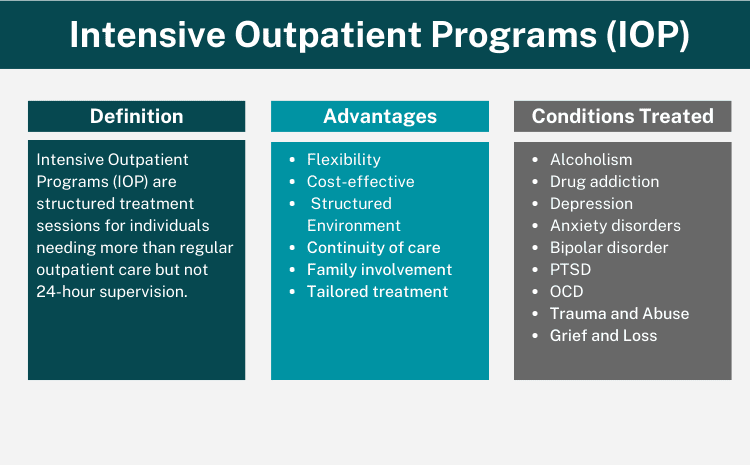A Growing but Overlooked Crisis
When most people think about addiction or substance abuse, they think of things like opioids, alcohol, or methamphetamines come to mind. But in 2025, a quieter trend is gaining attention: the sharp rise in nitrous oxide abuse. Commonly referred to as “whippets” or “laughing gas,” nitrous oxide is often misused for its short-lived euphoria and dissociative effects. What may seem harmless at first glance is proving to carry dangerous consequences when use becomes frequent or prolonged.
Why Nitrous Oxide Use Is on the Rise
Several factors are fueling the increased misuse of nitrous oxide in 2025:
- Accessibility: Small cartridges are inexpensive, widely available online, and often overlooked in regulation.
- Perception of Safety: Because nitrous oxide is used medically in dentistry and hospitals, many people mistakenly believe recreational use is safe.
- Social Media Influence: Viral content showcasing “party whippets” continues to normalize the behavior among young adults.
- Short-Lived Effects: The brief high encourages repeated use, leading to binge patterns that escalate risks.
The Hidden Dangers
Unlike substances with obvious long-term damage, nitrous oxide’s risks can creep up quietly:
- Neurological Damage: Chronic use depletes vitamin B12, causing irreversible nerve damage and numbness.
- Cognitive Impairment: Frequent users report memory issues, mood swings, and poor concentration.
- Oxygen Deprivation: Misuse can cause fainting, injury, or sudden death from lack of oxygen.
- Addictive Patterns: While nitrous oxide is often considered psychologically addictive rather than physically, compulsive use can take over quickly.
Who Is Most at Risk?
Recent trends show nitrous oxide misuse is particularly high among:
- Teens and young adults, often experimenting at parties.
- College students, where whippets are seen as a cheap, “safe” high.
- Club and festival communities, where the drug circulates in social settings.
- People with existing anxiety or depression, who may misuse it for escape.
Recognizing the Signs of Misuse
Families and friends may miss early warning signs because nitrous oxide doesn’t always leave a visible trace. Key red flags include:
- Empty canisters left behind.
- Frequent dizziness, confusion, or slurred speech.
- Tingling in fingers and toes.
- Changes in mood, memory, or focus.
- Withdrawal from responsibilities or relationships.
Why Aftercare and Relapse Prevention Are Key
For those who seek help, the real challenge comes after detox or initial stabilization. Nitrous oxide may not cause severe withdrawal symptoms like opioids, but the psychological cravings and habits can be persistent. That’s why aftercare and relapse prevention programs are critical. Continued therapy, accountability, and holistic practices give clients the tools to resist triggers, rebuild routines, and stay focused on recovery long after treatment ends.
Hope and Healing at Windansea Recovery
At Windansea Recovery in La Jolla, we’re seeing the impact of nitrous oxide misuse firsthand. Our programs provide not only clinical care through therapies like CBT, DBT, and relapse prevention but also holistic healing through yoga, surf therapy, and meditation. This combination addresses both the compulsive behaviors and the deeper issues that fuel them.
Our message is simple: recovery is possible, even from overlooked addictions like nitrous oxide. With compassionate care and structured aftercare support, clients can restore balance and build a future free from dependency.
The rise of nitrous oxide abuse in 2025 is a reminder that addiction takes many forms—and that “less serious” substances can have devastating effects. Awareness, education, and early intervention are essential in stopping this growing trend. If you or a loved one is struggling, reaching out for professional help could be the most important step toward healing.
If you or a loved one is struggling with addiction, don’t wait. The costs of delaying rehab are too high, Call us at (619) 815-2555 or Contact Us Here
References
Forrester MB. Nitrous oxide misuse reported to two United States data systems during 2000-2019.
Michigan Department of Health and Human Services (MDHHS). Health emergencies linked to recreational nitrous oxide use increase significantly.
Kulkartrakorn K, et al. Nitrous oxide abuse and associated neurological diseases.
Zaloum SA, et al. Tackling the growing burden of nitrous oxide-induced public health harms.
CDC: Notes from the Field. Recreational nitrous oxide misuse — Michigan, 2019-2023.
Frontiers in Neurology, J. Zhang, et al. Key Characteristics of Nitrous Oxide-Induced Neurological Disorders.
